Pilot sucked out of a plane. British Airways flight 5390
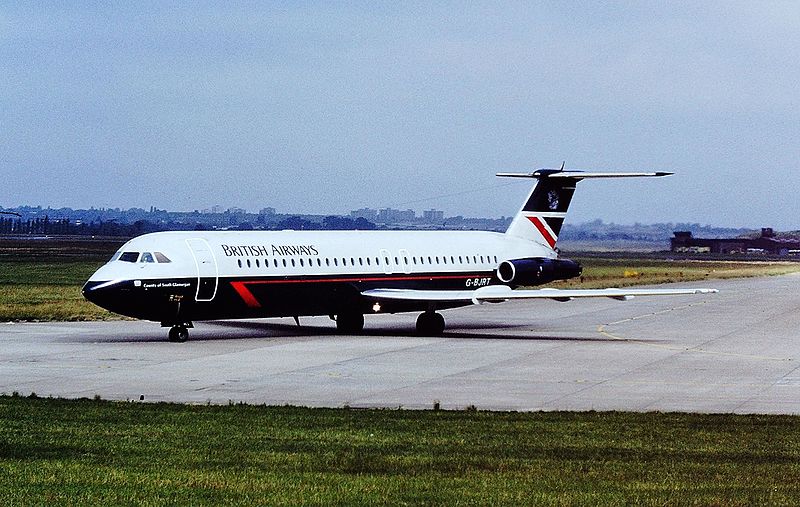
On 10 June 1990, one of the most incredible incidents in aviation history occurred when a pilot was sucked out of a plane. British Airways Flight 5390 using a BAC One-Eleven, took off from Birmingham Airport with the destination of Malaga, Spain. Just 15 minutes after take-off, over Didcot, Oxfordshire, a window in the pilot’s cabin detached, the captain was blown out of the plane but his legs clung to the cockpit controls. Eventually, the plane landed at Southampton Airport but what happened to Captain Tim Lancaster? How did such an incident happen and how did the first officer manage to get the plane on the ground in such harsh conditions?
The crew of the flight and the passengers

Captain Tim Lancaster at the age of 42 was an experienced pilot with 21 years of experience as a commercial pilot and over 1000 hours of flight time on BAC 1-11 aircraft. Alastair Atchison was the co-pilot of the flight and was also very experienced. He had over 1100 hours as a co-pilot on the Bac 1-11 according to Wikipedia. On board, there were also 4 flight attendants led by chief steward John Heward.
The crew worked together for a long time, they knew each other well and they were even friends. The one who joined the team that day was co-pilot Alastair Atchison. He was the new crew member who would prove to be the most important crew member for that flight.
There were 81 passengers on board, most of whom were preparing for a holiday in Spain’s beautiful city of Malaga.
The captain got sucked out of the plane
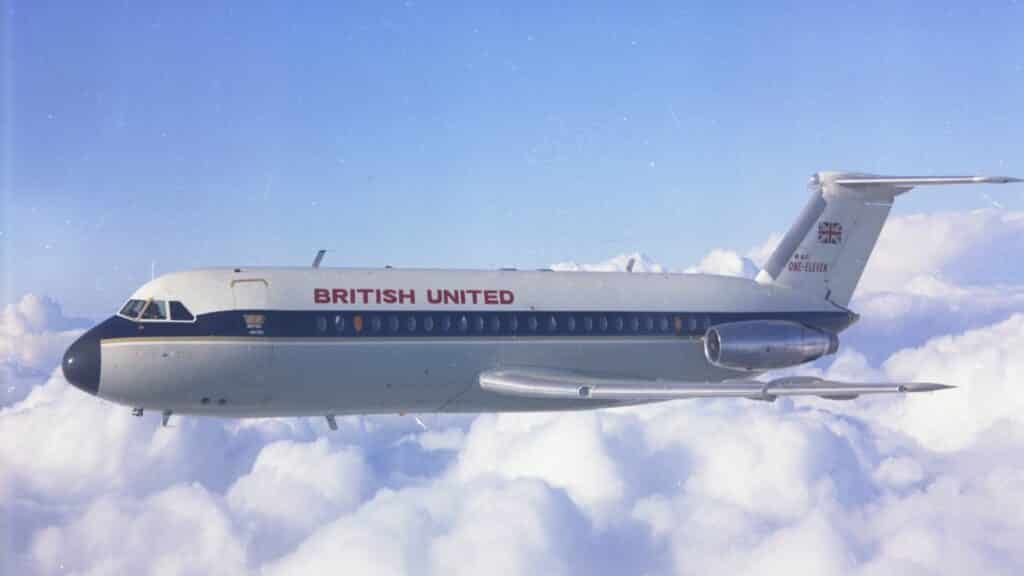
At 8:20 local time, the plane takes off. Everything is going according to plan, passengers are relaxed and flight attendants are getting ready to serve the meals. The plane is now climbing to 23,000 feet, everything seems to be going normally. The pilots switch on the autopilot and relax by removing the shoulder straps from the seatbelt, leaving only the waist belt fastened. Air steward Nigel Ogden enters the cockpit and asks the pilots what they want for breakfast.
The disaster happens
At this point, at an altitude of 17,300 feet, the disaster happens. According to simpleflying.com, the plane was over the town of Didcot. A loud bang is heard and the plane’s window on Captain Tim Lancaster’s side has separated from the fuselage and has been blown out. Instantly a white mist forms, all papers and loose objects fly through the cockpit.

Captain Tim Lancaster is sucked out of the plane due to the pressure difference between the air in the plane and the air outside. His legs caught on the controls of the plane and disabled the autopilot. At this point, the plane was pushed into a steep dive and the captain’s body was pushed into the fuselage by the strong airflow. As the co-pilot tries to regain control of the plane, the steward Nigel Ogden grabs the captain by the legs and tries to hold him as tight as he can. Outside, Captain Tim Lancaster is subjected to extreme cold and strong air currents.
The control over the plane was regained
Co-pilot Atchison calls the control tower for help. They hear him but due to the extremely loud noise in the cockpit, Atchison can’t hear them back. Another flight attendant goes to the cockpit and helps Nigel Ogden hold the captain. The other two flight attendants make sure loose objects are tied down and try to reassure the passengers. However, the control of the throttles has been regained and everyone prepares for what they hope will be an emergency landing.
The plane was quite old and was not equipped with oxygen for all passengers. Atchison decides he needs to get the plane to an altitude where the air is breathable. At 1100 feet the chaos calms down but the captain is still outside the window. In addition, Ogden’s hand has started to get frostbite but another flight attendant comes to hold the captain. Tim’s head and his hands kept hitting the fuselage in the wind and the others began to think he was dead. They thought of letting him go but there was a danger if they decided to do so. The captain’s body could get into the engine and that could lead to loss of control over the aircraft.
The co-pilot lands the plane
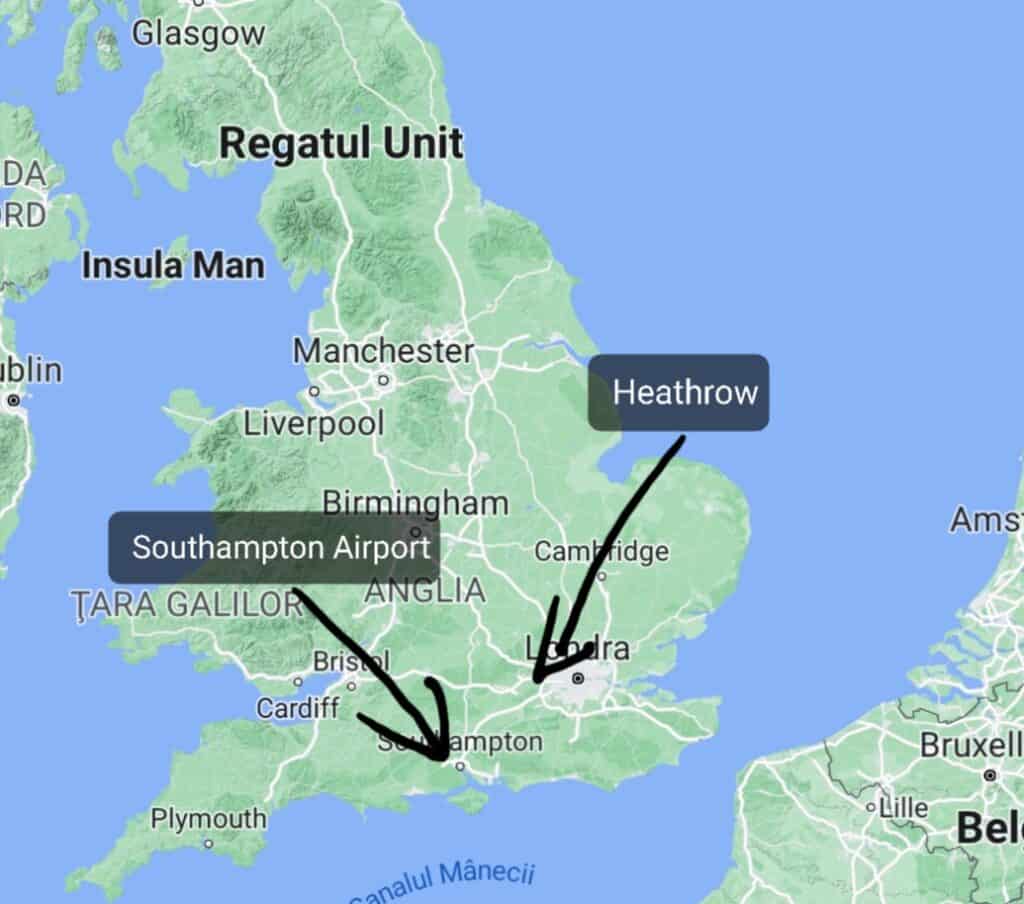
Above Heathrow airport airspace, Atchison manages to re-establish contact with the control tower and asks for a landing place. Then they told him to land at Southampton Airport, but the airport was unfamiliar to Atchison. Beacause all the maps were lost he had to land only with the help of the tower’s directions.
At 8:55, approximately 20 minutes after the window was blown out, British Airways Flight 5390 landed at Southampton Airport. The passengers were immediately evacuated. The captain’s body was recovered by medics and he was quickly taken to the hospital.
Aftermath of the accident
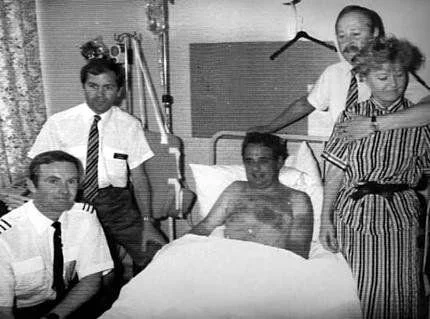
Captain Tim Lancaster miraculously survived. His body was subjected to extreme conditions, in temperatures as low as -17 °C (1.4 °F) accentuated by high winds. As a result, he suffered frostbite and fractures to several bones. In an episode of Air Disaster he said:
“I remeber the fact i couldn’t breathe…I remember seeing the tail of the aircraft and the engines and then I don’t remember much at all”
Only 5 months after this incident, Tim Lancaster returned to his flying career and retired in 2008. Co-pilot Alastair Atchison also continued his career and had his last commercial flight in 2015.
Results of the investigation
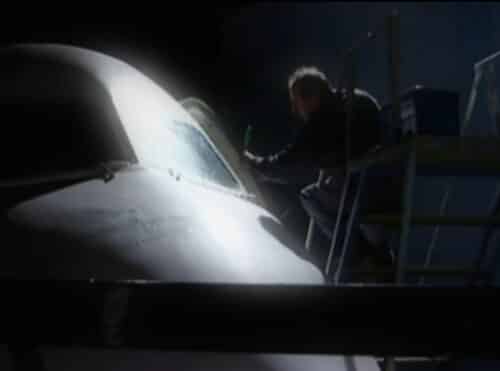
The investigation uncovered shocking details of the aircraft’s maintenance procedure. The windscreen was changed in maintenance at Birmingham just 27 hours before the flight. On some aircraft, the windscreen is pinched from the inside out by the pressure from the aircraft to stay in place, but this was not the case on the BAC 1-11. The window was fixed from the outside using 91 bolts. The investigation revealed that 84 of them were 0.66 mm (0.26 inch) narrower than they should have been.
How did this error happen? Well, the engineer who changed them measured them by eye, not using any measuring instrument. Ultimately, the blame fell on Birmingham airport maintenance and the engineer’s failure to follow British Airways’ policies for maintenance.
I will gladly read your opinion about this article, you can write in the comments section below.
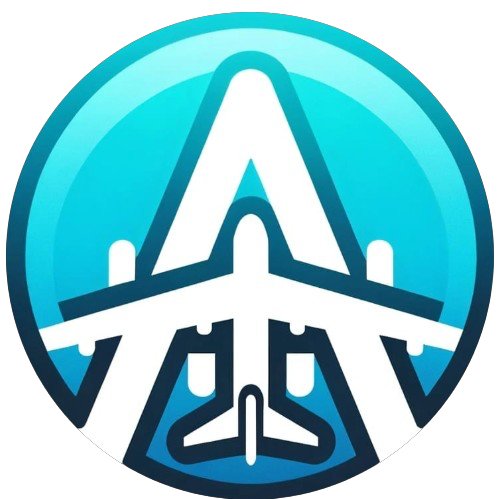


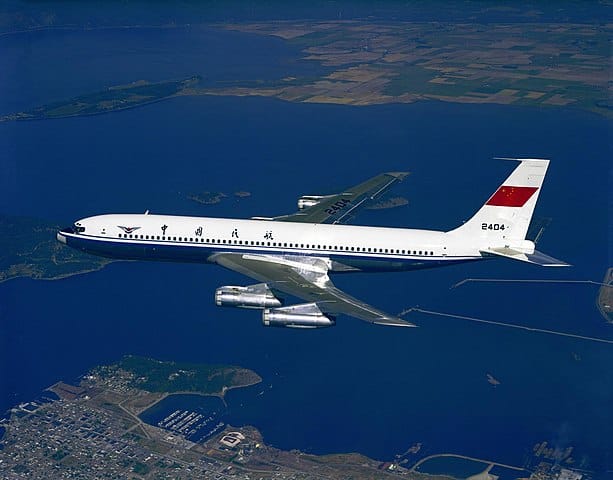



I love your information and pictures
Thank you!
Hi
My notification for British areline
Maintenance policy as iam aircraft engneer is
They locked for paper work more than the job it self
For example
If the jop on a/c needs 1 hr
Actual work 20 minute while pape work 40 minute
It true iam engneer from RJ
Some day i was responsible for technical repair and fixing snags
For British aircraft on call when they need